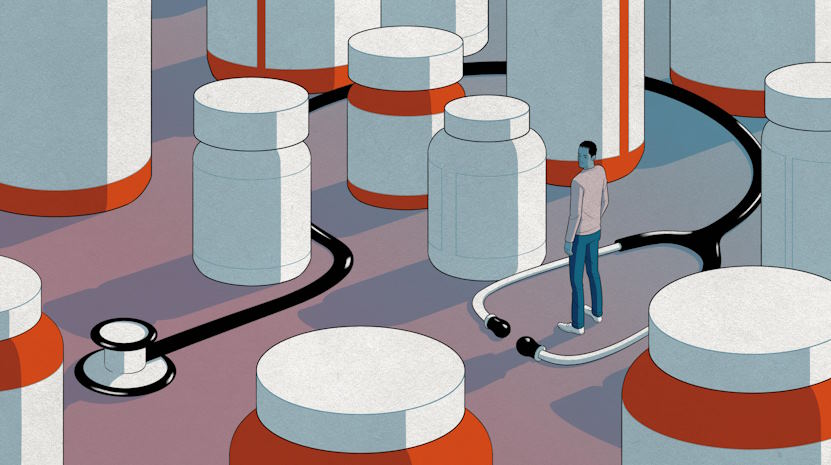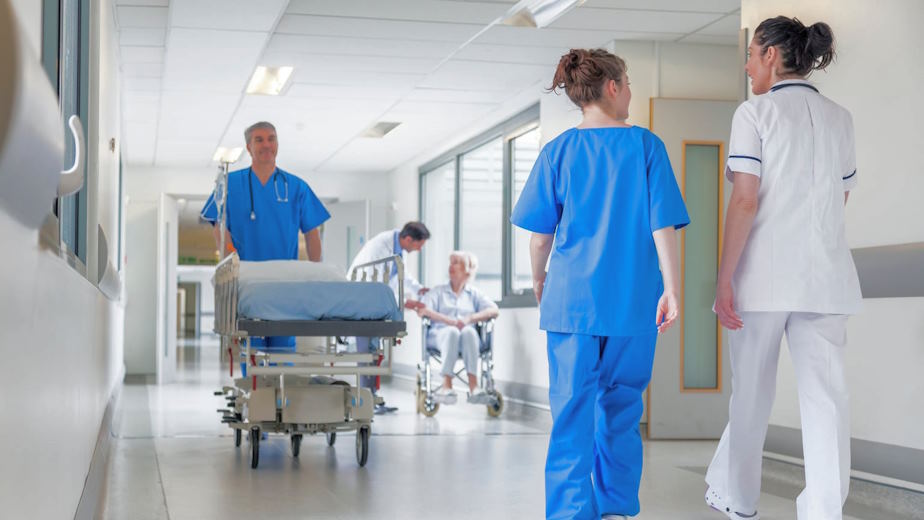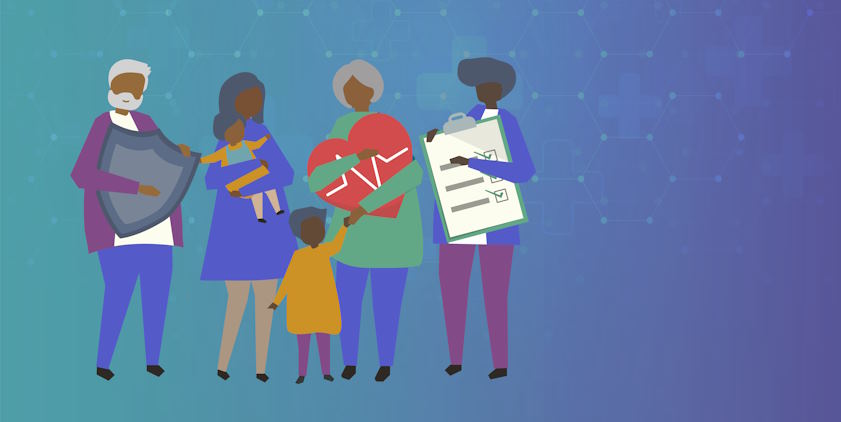A Guide to Choosing the Right Assisted Living Facility for Your Loved Ones
As our loved ones age, ensuring their safety, well-being, and
Read more...
Access to quality healthcare is a fundamental human right, yet for many vulnerable populations, the barriers to obtaining medical services remain formidable. From low-income individuals and uninsured families to the elderly and disabled, a significant portion of society faces limited access to essential healthcare resources. Public assistance programs have emerged as a critical lifeline, bridging the gap between medical services and those who need them most.
Medicaid and Medicare have been transformative pillars of the American healthcare system, empowering millions of low-income individuals and elderly Americans with access to essential medical services. Medicaid primarily serves as a lifeline for low-income families, offering comprehensive healthcare coverage that includes doctor visits, hospital stays, prescription medications, and preventive services. By easing the financial burden of healthcare expenses, Medicaid ensures that vulnerable populations can address medical concerns promptly and effectively, promoting better overall health outcomes.
Medicare, on the other hand, caters to the healthcare needs of senior citizens and individuals with certain disabilities. As a federally funded program, Medicare provides coverage for hospital visits, medical treatments, and prescription drugs, offering seniors peace of mind and the freedom to seek appropriate medical care without undue financial strain.
The Affordable Care Act (ACA) stands as a landmark legislation aimed at reducing the number of uninsured and underinsured individuals in the United States. By expanding Medicaid eligibility criteria and introducing health insurance marketplaces, the ACA has significantly improved access to medical services for millions of Americans. Subsidies provided through the marketplace facilitate affordable insurance plans, granting uninsured and low-income individuals access to essential healthcare services, including preventive care and chronic disease management. Through the ACA, preventative measures are emphasized, leading to early detection and intervention, thereby improving health outcomes and reducing the burden on emergency medical services.

One of the significant barriers that public assistance recipients encounter when seeking healthcare is the pervasive stigma and discrimination associated with receiving aid. Negative perceptions often lead to judgment and prejudice from healthcare providers and even other patients. This stigma can deter individuals from seeking medical attention, fearing judgment or being labeled as dependent. Consequently, public assistance recipients may delay or avoid seeking necessary healthcare, leading to worsened health conditions and higher healthcare costs in the long run. Addressing this stigma requires public awareness campaigns, cultural competency training for healthcare providers, and fostering a compassionate and inclusive healthcare environment for all patients.
Another critical obstacle to healthcare access for public assistance recipients is the reluctance of some healthcare providers to participate in public assistance programs. Reimbursement rates for services provided under such programs may be lower than private insurance, leading to hesitancy among providers to accept patients with public assistance coverage. As a result, individuals with limited financial resources may face challenges finding healthcare providers who accept their insurance. To overcome this barrier, fostering partnerships between healthcare providers and public assistance programs, offering incentives for participation, and ensuring fair reimbursement rates are crucial steps towards improving healthcare access for vulnerable populations.

One of the key strategies to enhance access to medical services is to bolster outreach and education about available public assistance programs. Many individuals who qualify for these programs are unaware of their eligibility or the benefits they offer. By conducting targeted awareness campaigns through various channels such as community centers, healthcare facilities, and social media, we can reach those in need and inform them about the support available to access medical care. Collaborations with community organizations, local governments, and healthcare providers can further amplify these efforts and ensure that accurate information about public assistance programs reaches those who can benefit from them the most.
To improve healthcare access, it is vital to tackle the stigma and discrimination often faced by public assistance recipients in healthcare settings. Healthcare providers must undergo cultural competency training, fostering empathy and understanding towards individuals who rely on public assistance. Creating a welcoming and inclusive environment in healthcare facilities can empower patients to seek medical attention without fear of judgment. Additionally, integrating patient advocacy and support services within healthcare settings can provide assistance and guidance to public assistance recipients, ensuring their needs are met with dignity and respect.
Sign up for our newsletter to receive the latest updates, heartwarming stories, and valuable resources on elderly care and community assistance. Join our compassionate community of caregivers, volunteers, and advocates, and be a part of the positive change we're making together.